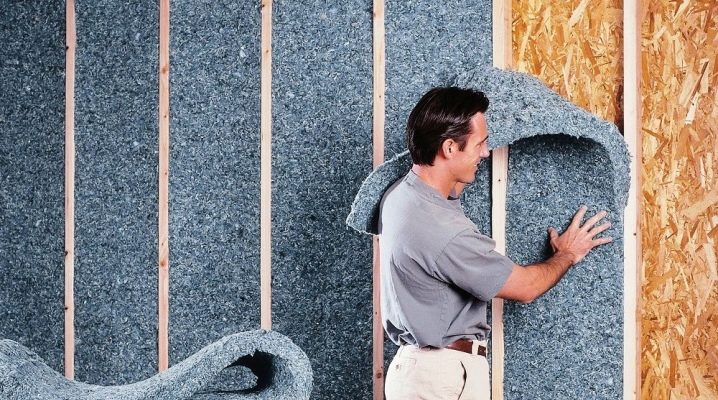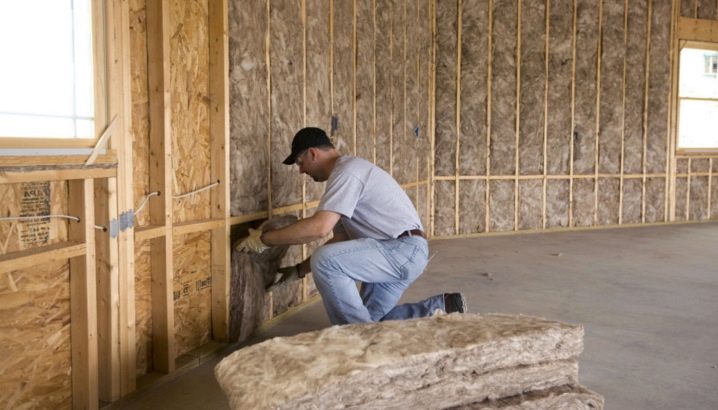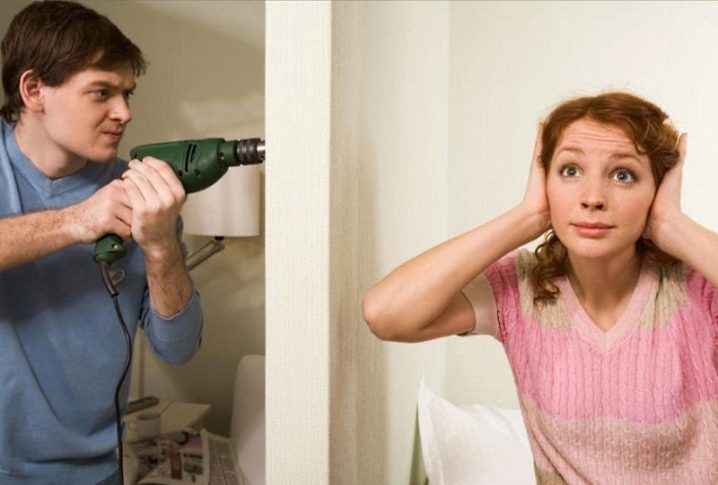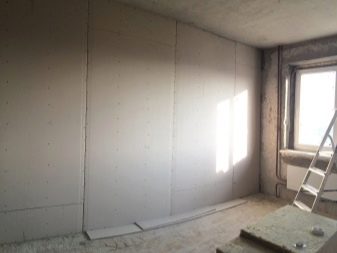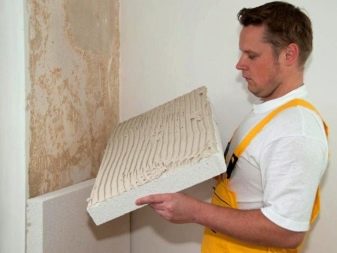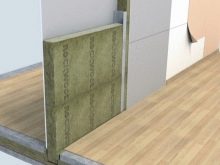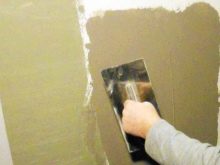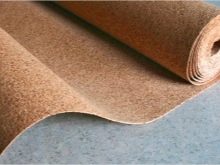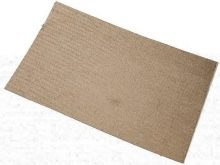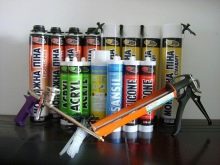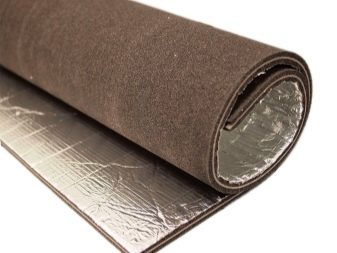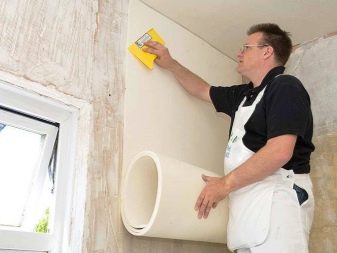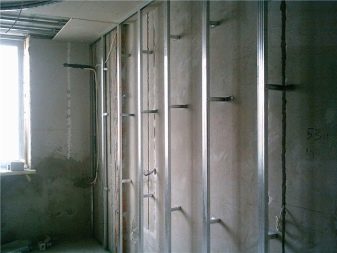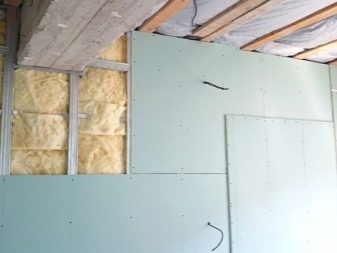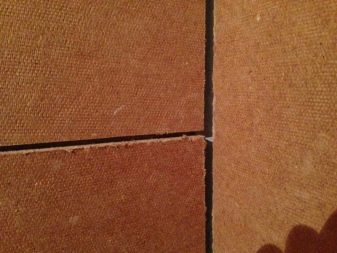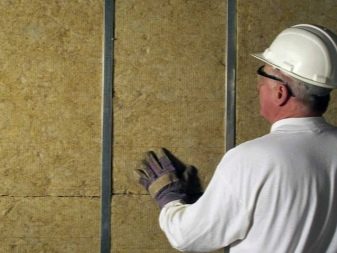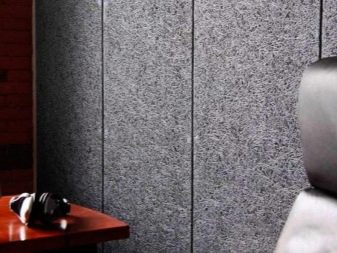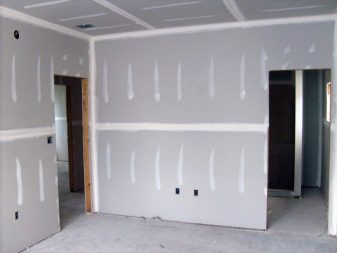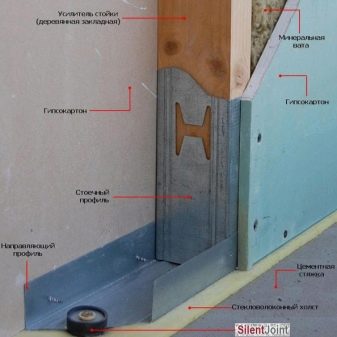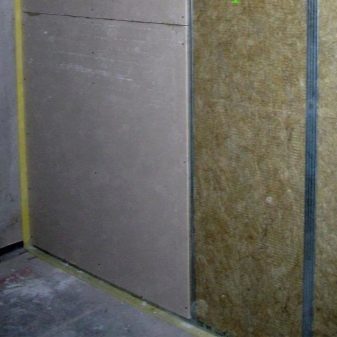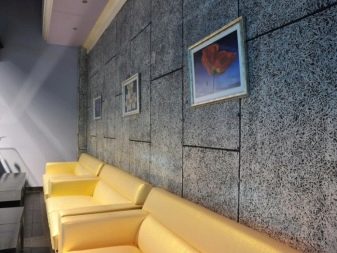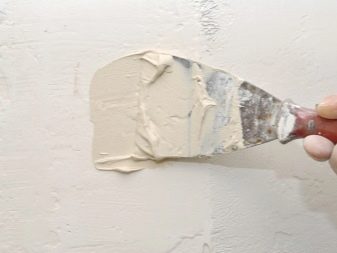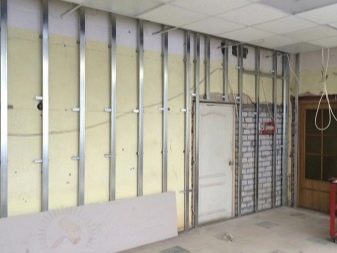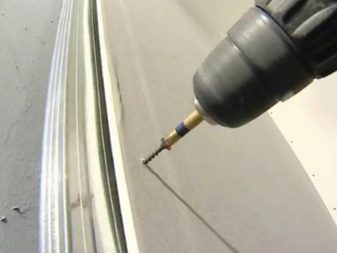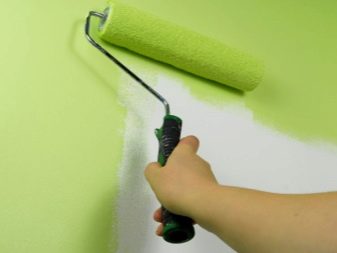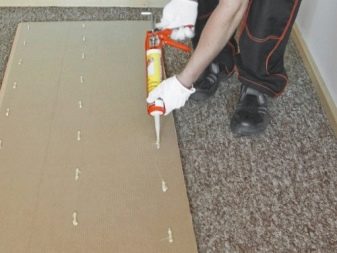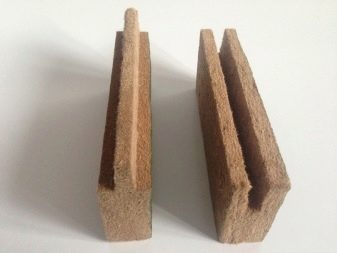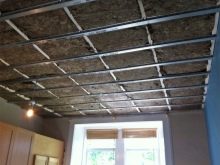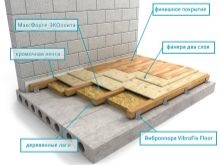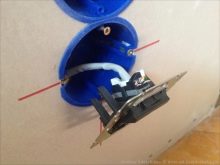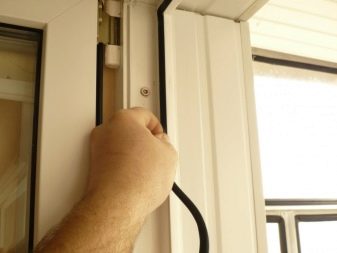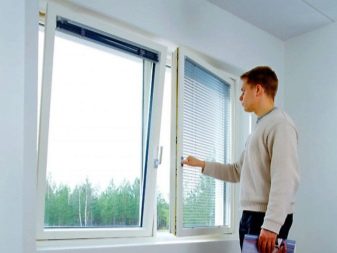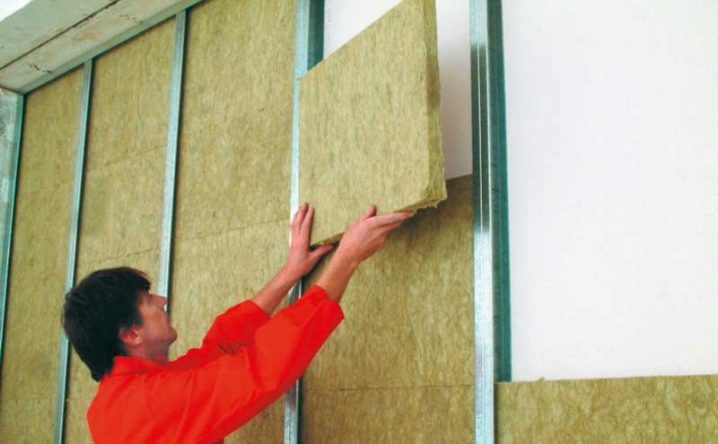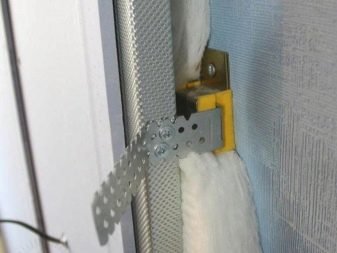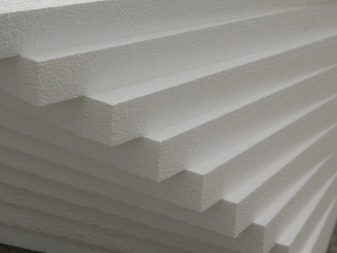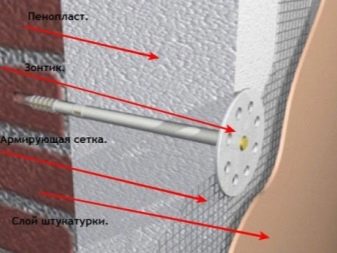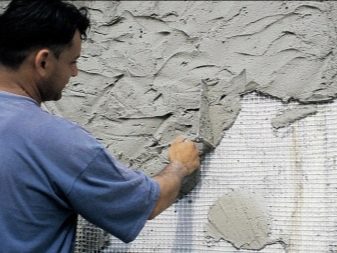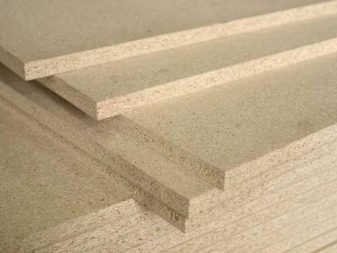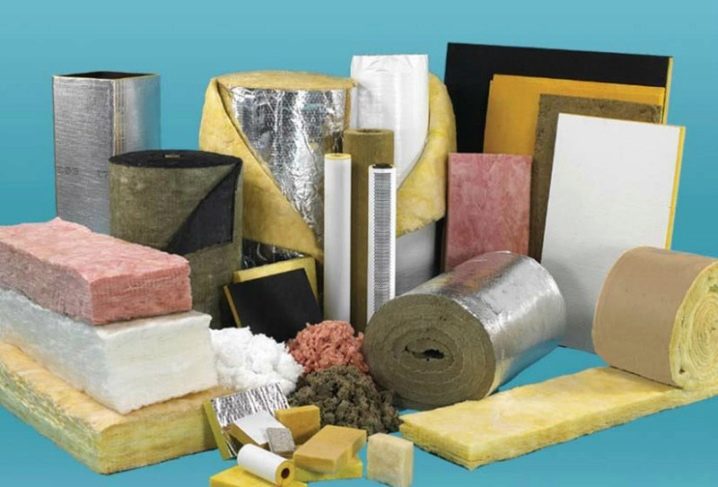How to make sound insulation of walls from neighbors?
After a hard day's work, you want peace and quiet. But it is not always possible to enjoy the rest - quarrels, screams of children, loud music or repairs from neighbors can be an insurmountable obstacle for this. To get rid of unpleasant sounds, you need to make noise isolation. Modern materials allow you to perform all the work quickly and at no extra cost.
Special features
“My home is my fortress,” as the famous proverb says. In the modern world it is not only a fortress, but also a rest corner from everyone, a place where a person can do what he likes in a comfortable environment for him, get energized or, on the contrary, calm down after an active day. Silence, peace, tranquility, solitude - this is what a person wants while at home.
But it’s not always possible to isolate yourself from the whole world in your home.The steps in the entrance or corridor, the noise of the elevator, the conversation of neighbors behind the wall - all these sounds prevent a person from relaxing, relaxing alone with himself, distracting from everyday worries and troubles, forgetting about his problems. The fault is poor insulation.
In the apartment, especially if it is located in a new house, everything that happens outside its borders is well heard. If the external soundproofing still somehow saves from the noise of the street, then the thin walls between the apartments make privacy a public domain. You can avoid this if you make noise insulation in the apartment. High-quality materials presented on the modern market, allow you to perform work in a short time and will not require large expenditures of time and effort.
Modern sound insulation performs two functions - it is actually insulating and absorbing. It not only absorbs noise from the outside, but also drowns out the sounds coming from the apartment. This gives you the opportunity to protect your privacy from outside interference and provides protection against the penetration of any extraneous noise.
The apartment is capable of soundproofing multi-layer structures. But they take a significant part of the area, which is unacceptable in modern apartments that are not distinguished by large footage.Now manufacturers offer a large number of materials that do not "eat up" the area and provide good sound insulation. Nevertheless, the small thickness of these materials provides excellent protection from noisy neighbors.
To protect against extraneous sounds, you can use drywall, soundproofing plates or simple plaster. These methods are most actively used in order to soundproof an apartment.
Modern materials
The modern market offers a wide variety of soundproofing materials. They differ in their composition, structure, cost, efficiency. But most often the insulation in the apartments is carried out using the following materials, which are well recommended:
- decorative blocks;
- basalt cardboard;
- cork coatings;
- polyurethane foam.
In addition, you can use sound vibration sealants, noise-absorbing mastics, special noise-insulating wallpaper or fiberboard. The most profitable in terms of cost savings will be the purchase of roll noise insulation, which is simply glued to the wall with glue for vinyl wallpaper. Despite all the benefits and ease of installation, this method is more suitable for rental housing, in which you do not want to invest a lot of money.
Roll insulation absorbs sound by only 60 percent, which is considered a rather low figure.
As for drywall, for its installation requires additional costs, such as:
- purchase and installation of metal profiles or wooden bars for the frame;
- purchase of fiberglass or mineral wool;
- purchase of anti-vibration material.
Using drywall is a great way to get rid of noise, which is called acoustic (the one that spreads through the air). It penetrates through small cracks, chips on the walls, pores of the material from which the wall was built. So additional wall covering with vibration-absorbing material and plasterboard will significantly reduce the noise level in the room. And the cost of this material is acceptable, because it is about 90 rubles per square meter.
The price range for noise absorbing materials is much wider - from 60 to 400 rubles per square meter. Such a range of prices allows you to choose the most suitable option, for example, you can use ordinary felt as a sound-absorbing material.
With all its advantages, drywall constructions have a significant drawback - they reduce the area by about 8 centimeters, so it is not advisable to mount them in small rooms. You can use special soundproofing panels. They are more expensive than drywall, because on average they cost 750 rubles per square meter, but they have a finished decorative finish made of paper or fabric, and they can also provide good sound insulation with minimal effort.
Decorated plates can significantly reduce the cost of finishing, or even get rid of them.
On the current market there are three main groups of soundproof materials, such as:
- rigid ones contain pumice, expanded clay, cork or other porous material;
- semi-rigid made from materials based on polystyrene foam;
- soft materials are mineral wool, fiberglass and others.
Each of these materials has its own advantages. Of course, the main selection criterion is the level of noise insulation that each material can provide. Equally important is the speed of installation, the complexity of the work,the ability to do the installation yourself, the cost of the material and how much the area of the room will be reduced when it is used. Roll materials have the lowest level of noise absorption. The noise level is only 60 percent. But this is also a pretty good indicator, especially when it comes to rental housing.
Drywall and soundproof panels provide about the same result. If there is a difference, it is insignificant. But the panels take up less space, require less effort during installation, provide an opportunity to save on the exterior finish. However, their cost is significantly different from the cost of materials for sound insulation using drywall.
Device
Soundproofing with the help of drywall in its design resembles a layered cake, which includes the following layers:
- cement mortar or special sealant designed to level the surface of the wall;
- vibration-proof material that will help reduce vibrations, which will also have a positive effect on increasing the level of sound insulation;
- frame, which can be metal or wood.
Vibration insulation material is needed in order to get rid of vibrational sound vibrations, namely those that are distributed in a solid environment. Everybody is familiar with the noise of a drill, a jackhammer and similar tools. These sounds and belong to the vibration noise. They spread through the walls of the building, which begin to vibrate quite noticeably. Further, the actual insulating material is used - it can be mineral wool, fiberglass or even felt. And, finally, the top layer of the “pie” is the drywall itself. The thickness of this design can reach 8 centimeters.
Sound insulation panels often look like ordinary decorative, but still have some differences. In particular, it is their composition, which includes basalt or glass fibers. Cellulose fibers can also be used. Such plates resemble corrugated cardboard, the emptiness inside of which is filled with mineral granules, the base is purified quartz sand.
It is possible to improve the sound insulation properties of the panels by creating a multi-layer construction. Simple mineral wool or fiberglass, also laid between the panel and the wall, allows to increase the level of noise insulation several times.
The composition of the plaster used for sound insulation is no different from the usual. This is the same decorative plaster, which is used in the repair or decoration of premises. Of course, it will not be able to significantly reduce the noise level in the apartment, but still the result will be. The fact is that noise penetrates into the apartment through minor damage to the surface of the walls - chips, cracks, loose fitting materials. Plaster levels the walls, fills the damage, and therefore prevents the penetration of noise.
Mounting technology
You can install sound insulation with your own hands. This is a simple procedure. If everything is done correctly, carefully, then no problems will arise. If the questions still appear, then they will be able to answer the step-by-step instructions given below.
- Installation of noise insulation begins with the alignment of the walls. They need to be carefully examined and cover up any, even the most minor damage - cracks, chips and others.
- The next step is the construction of the frame. It can be made of a metal profile with a gasket of vibration-proofing material or from ordinary wooden bars.The profile can be pasted over with polystyrene tape, which will additionally absorb noise. As a skeleton for mineral wool, fiberglass or felt, a simple chain-link is suitable.
- Once the frame is erected, you can begin to lay soundproof material. Between the soundproofing gasket and the wall should remain free space of about 1.5–2 centimeters so-called airbag. It will provide additional protection against noise.
- The installation of drywall, which is attached to the frame with dowels. Decorative trim applied as needed. This can be painting, whitewashing, plastering or varnishing, wallpapering and more.
- Sound insulation plates require less effort and time. They are mounted and interconnected by the method of "groove-thorn". If the walls are uneven, you will need to install crate. This is the only addition that will be required when installing noise insulation boards.
In order for the sound insulation to be as complete as possible, it is necessary to insulate not only the walls, but also the floor, the ceiling, the sockets for the sockets, the engineering equipment (all kinds of pipes) and the windows.The ceiling is insulated in the same way as the walls. As for the floor, it is used sound-absorbing coating. It consists of special paper, fiberglass, foamed polymer or other synthetic substance. You can lay the material under the screed or laminate.
For soundproofing sockets they need, first of all, disassemble and remove from the socket, previously de-energized. In the nest washer washer made of foam rubber, fiberglass or foam. Gaps plastered with plaster.
Modern plastic windows provide good protection against extraneous noise, and the external sound insulation, even in new houses, is performed quite qualitatively. But, nevertheless, the installation of additional insulation does not hurt. Street noise, especially in large cities, is able to break through any insulation established by the developer, and spoil the rest. Therefore, soundproofing of windows and exterior walls should be carried out especially carefully.
The installation scheme of sound insulation materials is not as complicated as it may seem at first glance. If you follow the plan clearly, the work will not take much time and effort, and the right material will not “eat” most of the area.
All work on the sound insulation of the apartment can be easily done by yourself. The main thing is not to rush, gradually install and install the materials, carefully lubricate all the gaps and discrepancies so that the repair gives the expected result - silence. This is not such a complicated operation as it may seem. And with the right choice of material, it does not require much time. Installation of the same plates, for example, will take a minimum amount of time, even if all the work will be performed by one person.
Tips
Modern materials can significantly increase the level of noise insulation in the apartment. Drywall is a budget option that can provide good sound insulation. When using it, the area of the room, of course, decreases, but not by much. Sound insulation with cheap rolled materials will cost a lot. They are easy to install, do not reduce the area of the room, do not require large time-consuming.
Of course, you can use the old methods of noise reduction. Carpets on the walls, shelves with books are also able to increase noise insulation. But the first of these methods is not environmentally friendly, because large amounts of dust accumulate in carpets and bacteria can multiply, and the second requires a fairly large area.In small modern apartments, a bookcase from floor to ceiling will occupy a significant part of the room, leaving no space, not only for any other furniture, but also for comfortable movement.
Thin modern materials meet all the necessary requirements, providing good insulation and not taking up much space.
The decorative component depends on the selected material. If drywall will require additional finishing, for example, painting, pasting wallpaper, soundproof panels do not need it. They themselves are a good decorative element, thanks to the decor of fabric or paper, which is applied to them during production.
Instead of mineral wool or glass wool, you can use regular foam. It has good sound insulation properties.
As a framework, a chain-link mesh or its substitute with cells of the same size can be used. They are fixed to the wall as follows:
- you first need to drill holes in a checkerboard pattern at a distance of 1 m from one another;
- plastic or wooden traffic jams are driven into them;
- assemble the construction in the form of a layer cake: first, mineral wool (glass wool, foam plastic), then a mesh, which is attached to the cork with nails or screws.The net must be well tensioned so that it does not sag;
- the wall is covered with a layer of plaster. The solution for it is kneaded from cement and sand, sifted through a fine mesh. The proportions depend on the brand of cement. The higher it is, the more sand you need to take. For example, 2-3 parts of sand are taken for one part of M200 cement, and 1 part of cement and 4-5 parts of sand for M300 – M400.
It is better to carry out plastering work in warm time in order to avoid cracking and peeling of the coating.
Very good sound insulation of interroom and interior walls is obtained by using gypsum boards. To do this, two plates are installed on the cement mortar parallel to each other, and between them an emptiness of about 5 centimeters is left. Wood is also a good sound insulator. In addition, wooden structures are natural, environmentally friendly, they do not emit harmful substances in the room. You can take a timber or board with a thickness of 50–60 millimeters. They are attached to the walls in the same way as foam plastic and mineral wool, that is, they drill holes, then they plug corks into the holes, to which vertical bars 50–60 millimeters thick are attached, and boards are horizontally fixed to nails with nails.
In the quality of sound insulation and insulation used chipboard or cement-bonded chipboard.They can plaster, paint, stick wallpaper on them or decorate in any other suitable way.
Plaster, which is also sometimes used as a soundproof material, depending on its variety, may need to be decorated, or it may not.
If to use special decorative plaster, then additional finishing is not required. Ordinary plaster does not always look quite aesthetic enough to leave it in its original form, without decorating or painting.
If you isolate the floor, ceiling, windows, sockets, all the pipes, only then there will be a desired silence in the apartment, which will not be disturbed by any extraneous noise. Soundproofing an apartment is a fairly simple matter, if you approach it deliberately. The main thing is not to make mistakes that can negate all efforts. These errors include the following:
- wrong choice of material;
- improper installation of the selected material;
- lack of sound insulation on engineering equipment, pipes;
- lack of sound insulation on the windows.
To learn how to soundproof walls, see the following video.
